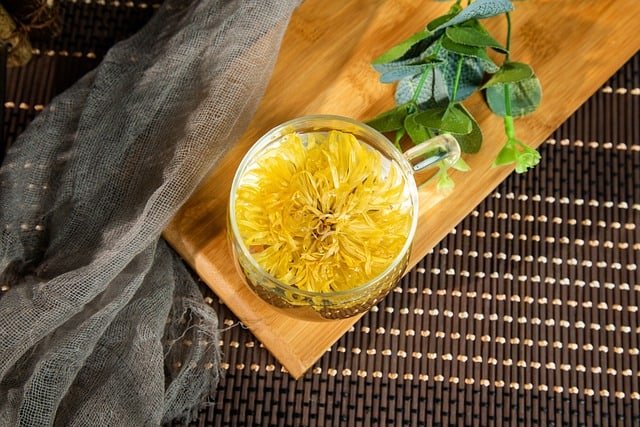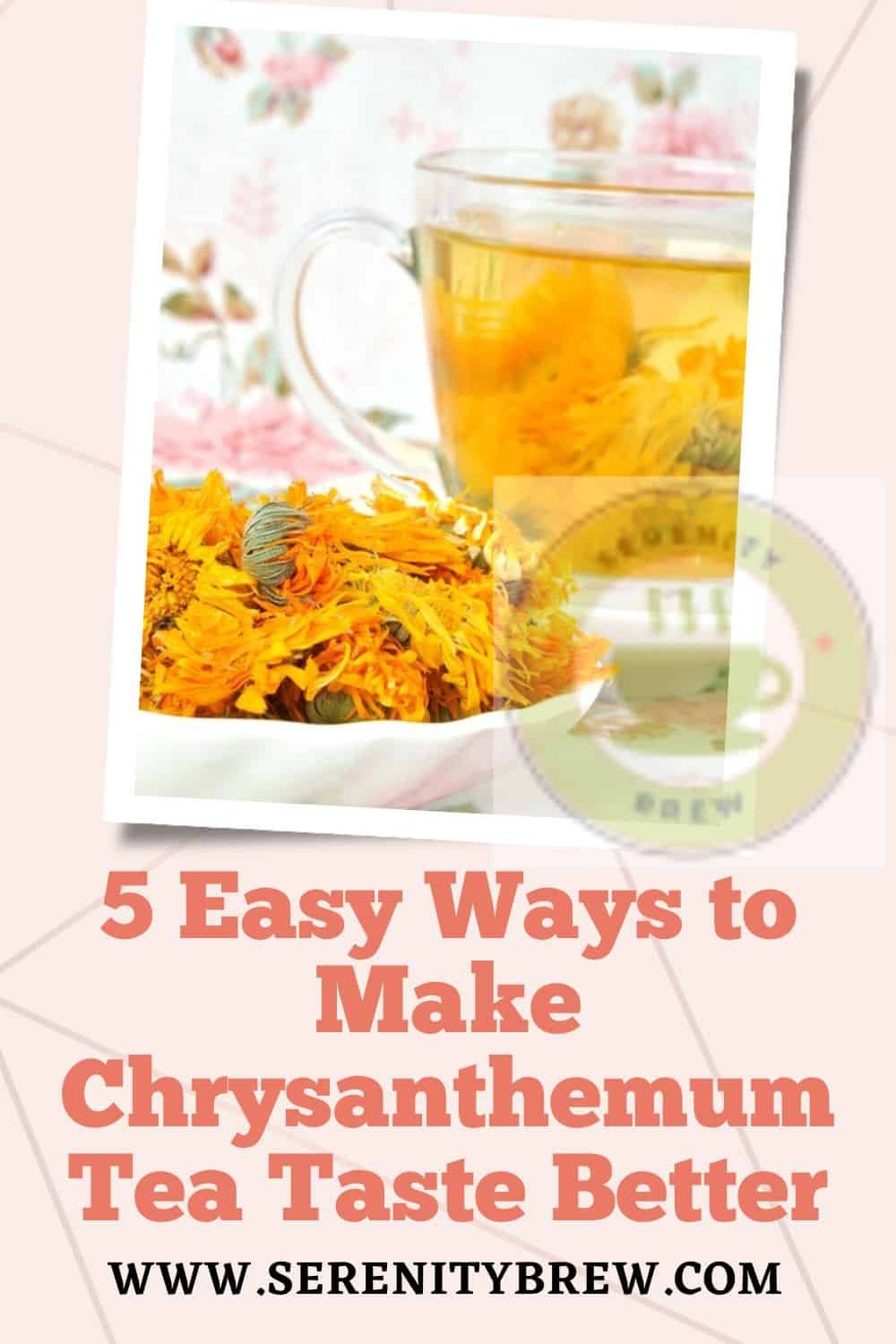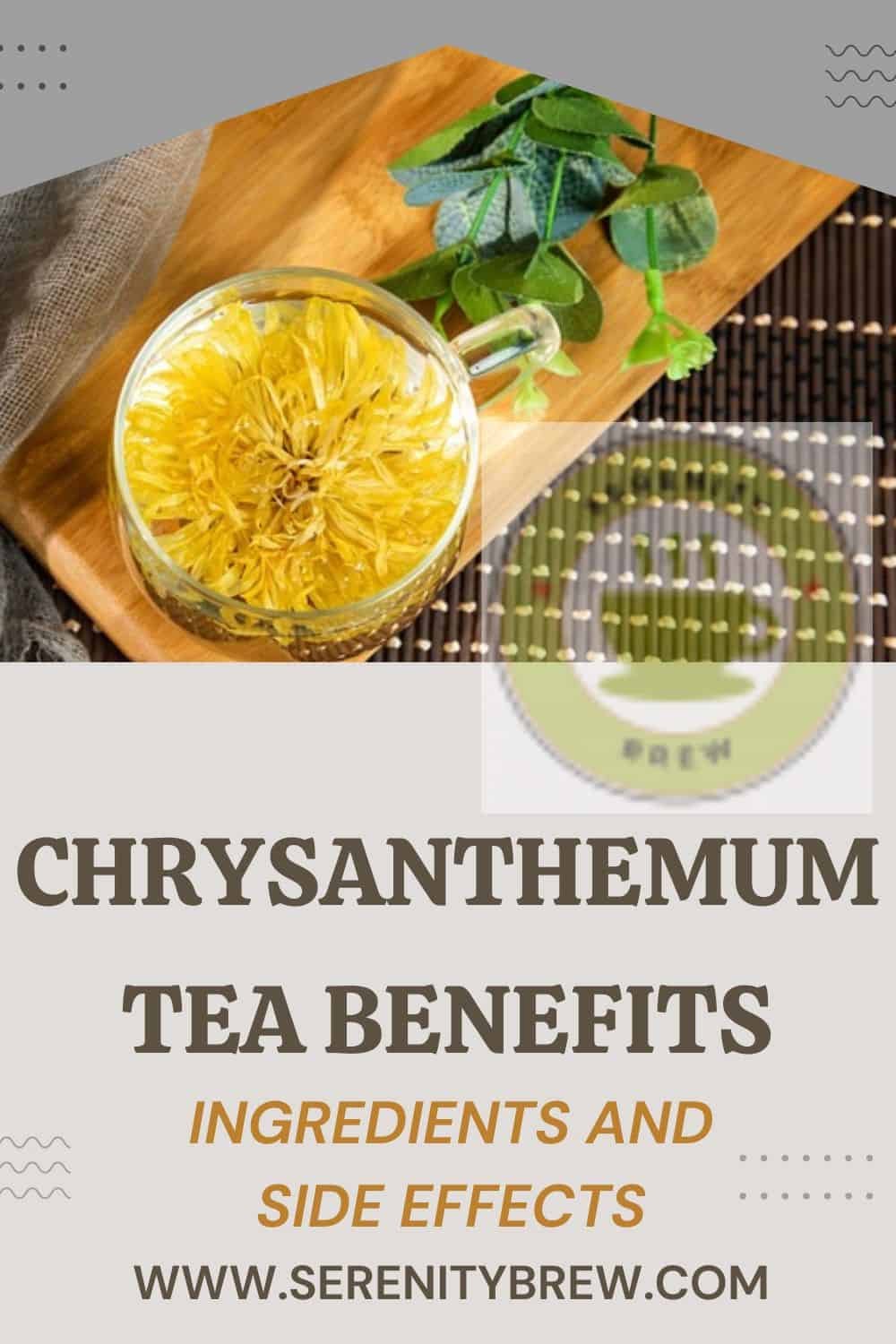
It has been used for hundreds of years in Chinese medicine, treating ailments that have to do with high blood pressure, coronary problems, high cholesterol or bacterial infections. In this post we will talk about what chrysanthemum tea is , flavor, uses and recipes.
The chrysanthemum plant is seen a lot in gardens and decorations. It belongs to the Asteraceae family and is native to Asia. In addition to decorating spaces well, it has properties that benefit health. Some of the products provided by this plant are: adenine, essential oils, tonics and choline.
Chrysanthemum Tea Benefits
This infusion is widely used in alternative medicine, some are scientifically proven and others are only part of popular knowledge. Let us see what is chrysanthemum tea and its benefits.
Treat stomach discomfort
To know chrysanthemum tea and what it is for, it is important to recognize its digestive properties. It is ideal for treating colic, stomach discomfort, gas and also whets the appetite.
Relieves headache
In Chinese medicine it is used to relieve headaches and migraines. In addition, a certain study from 2014 confirms that it has anti-inflammatory effects, which are what relieve these pains.
It has relaxing power
Among the benefits of chrysanthemum tea is its ability to relieve stress and anxiety. Let the body and mind feel relaxed.
has antioxidants
To learn about chrysanthemum tea with goji and what it is for, it is important to consider its antioxidant properties. These help fight free radicals, which are what cause premature aging and cancer.
Control blood pressure
Another of the benefits of chrysanthemum tea is its ability to maintain blood pressure at stable levels. In this sense, this property is important, taking into account that the increased risk of heart disease is related to hypertension.
Prevents bacterial infections
Although the scientific evidence has not been conclusive, there is evidence that chrysanthemum infusion strengthens the immune system. Also, it is excellent for treating colds, flu or sore throat.
strengthens the bones
There is some research that shows that this infusion allows a better assimilation of calcium in the body, thus inhibiting the onset of osteoporosis. Let’s remember that calcium is necessary to keep bones strong, when they are fragile they tend to fracture easily.
Chrysanthemum Tea Flavors and Uses
Varieties of Chrysanthemum Like Chrysanthemum coronarium, they are eaten in salads or fried, like in China, where they are seasoned with garlic, salt, and pepper. In addition, the stems and leaves are cooked, for this purpose those plants from 20 to 40 centimeters high are chosen.
When they exceed 40 centimeters, the stems are cut at the top, because the bottom hardens and they are no longer good for cooking. Fresh leaves and stems should be chosen, which have a healthy appearance and do not look discolored.
When collecting the flowers, you should choose those that have the best appearance and good aroma. When the flower is cut, some stem is taken. The petals are the ones that are eaten, the rest is discarded.
Now let’s talk a little about its taste, the stems and leaves have a strong and somewhat bitter taste, very similar to that of mint. The more developed the plant is, the more bitter it is. Its flowers also have a bitter taste, but not as strong. They are used to decorate the dishes when they are served.
The leaves and stems are eaten raw or in salads. They are also delicious in omelettes, blanched, sautéed, in cakes, as a garnish or in stews.
Recipes with chrysanthemum tea
Next, we will learn about chrysanthemum tea and its recipe to prepare it in its various versions. Here some.
Traditional chrysanthemum tea
To prepare it, the following ingredients are required:
- Four dry chrysanthemum flowers.
- A cup of water.
It is prepared like this:
- Boil the water and allow it to cool for a minute.
- Add the flowers and leave to infuse for about 4 minutes.
- Sweeten with honey and drink.
Chrysanthemum tea with honey and lemon
This infusion is widely drunk in China, where honey is highly prized as a medicinal value, apparently because it alleviates hay fever.
Ingredients:
- ¼ dried chrysanthemum flowers
- Three lemon slices.
- Four cups of boiling water.
- with honey
Method of preparation:
- Boil the water.
- Place the chrysanthemum flowers and the lemon in a ceramic container.
- Cover and let infuse for 5 minutes.
- Sweeten with honey and refrigerate.
- There is no need to strain the tea.
Contraindications of chrysanthemum tea

Let’s see what about chrysanthemum tea and its contraindications .
- In some people they can cause allergic reactions with their flowers, presenting asthma, skin rashes, etc.
- The chrysanthemum tea It can cause red, itchy patches on the skin.
- Effects with certain chemicals. This occurs mostly in people with diabetes who must be given insulin. It should also be avoided in people who suffer from high blood pressure and who take medication to regulate it. Other drugs that it may react with are anti-inflammatory, antibacterial, and anticancer drugs.
- There are some chemical compounds that chrysanthemums contain (pyrethrins) that can cause poisoning. consume the chrysanthemum in the form of tea causes these compounds to spread through the body, thus spreading the poison. In this regard, the nervous system and other organs may be affected.
- hypotension Chrysanthemum can cause blood pressure to drop abnormally.
 |  |
| 5 Easy Ways to Make Chrysanthemum Tea Taste Better | Chrysanthemum tea: the uses of this Chinese remedy, recipe |
 | |
| Chrysanthemum Tea vs Green Tea: A Flavorful Battle of 2 teas | Is Chrysanthemum Tea Good for Headaches? |



